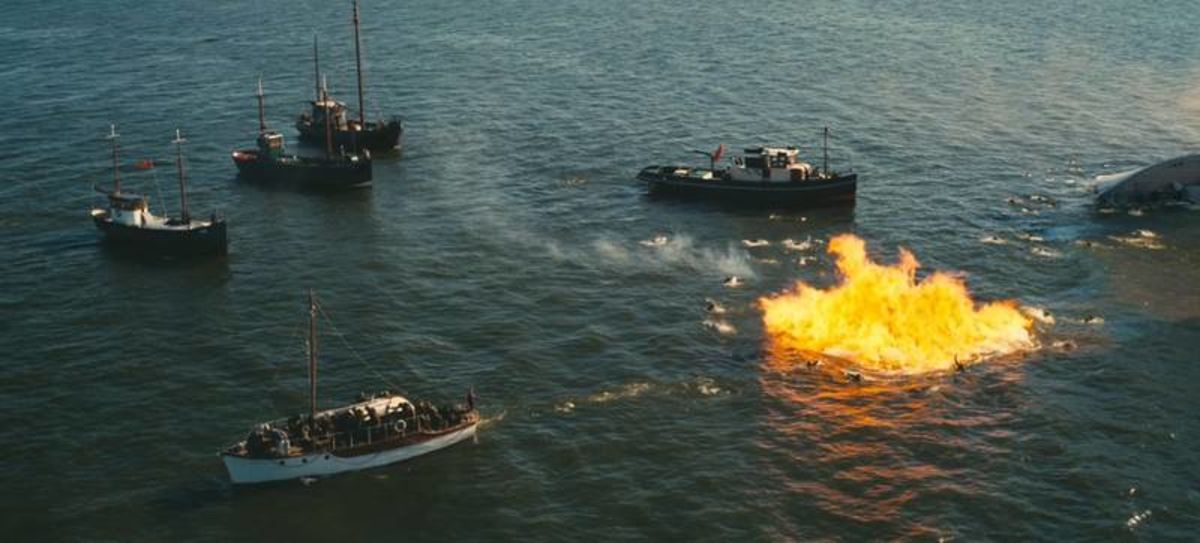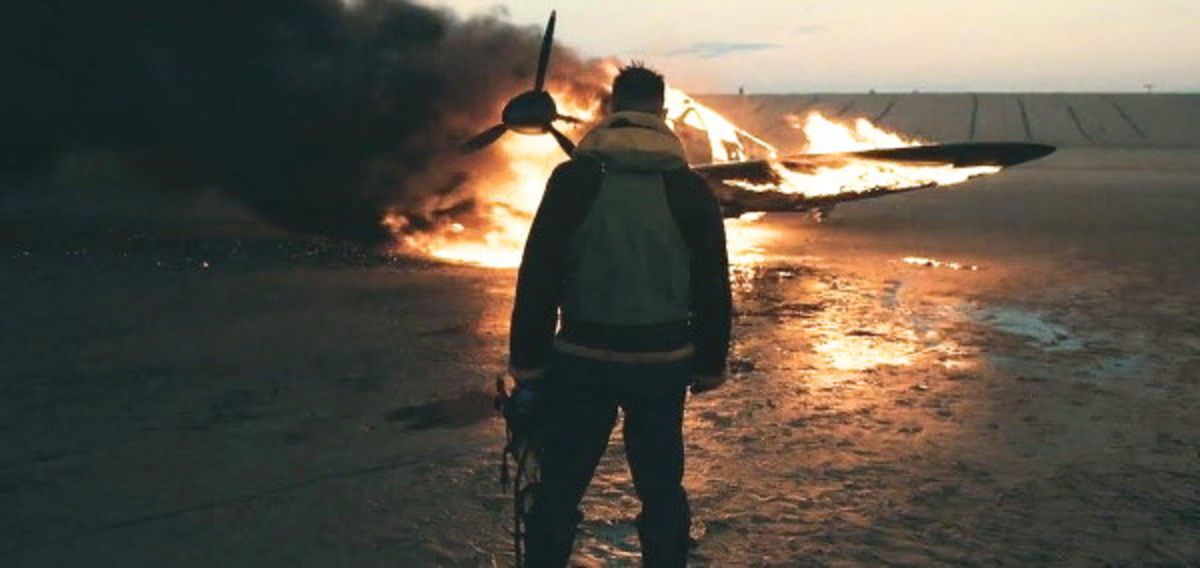
Dunkirk and the Separation of Structure from Storytelling
Three timelines, one emotional impact
Dunkirk, Christopher Nolan's war film—is an excellent exposition of non-linear storytelling, seamlessly weaving multiple timelines to heighten the tension and dramatize the historical evacuation. The narrative is structured around three distinct timelines, each unfolding at its own pace yet converging to a singular climactic moment.
Dissecting the narrative, and extrapolating out the structure from the more superficial storytelling, can be a problematic task. Thankfully, Subtxt and Dramatica theory make this process of parsing the subjective experience of a film from the objective process of the narrative relatively simple.
A screenwriter asks:
A question occurred to me with regards to the non-linear cross cutting in Dunkirk. You mentioned the three different storylines all move at different speeds, like a day vs a week etc. But that means there is no character that overlaps in more than one of those storylines right (until they converge at the end)? Otherwise that would get pretty obtuse I'd think. Like if you were tracking one character at a given pace, but then saw him again in another storyline moving at a totally different pace -- that would be impossible to make sense of I would think.
In Dunkirk, there are three timelines:
- Land ("The Mole"): This timeline spans a week, focusing on the young British soldier Tommy and his struggle to escape from Dunkirk.
- Sea ("The Sea"): Over the course of one day, Mr. Dawson, along with his son and a friend, sails his boat from England to Dunkirk to assist in the evacuation, reflecting the civilian effort in the rescue mission.
- Air ("The Air"): This timeline spans an hour, following RAF pilot Farrier's aerial battle to protect the evacuating troops from enemy aircraft.
Technically, these three timelines do overlap at the end. In the scene where the overturned tanker is about to get bombed, characters from all three timelines converge in a climactic resolution. This convergence of time grants greater meaning to the typical spatial separation of beginning from middle from end, as meaning is made up of both space and time.
Nolan uses this Storyweaving technique quite often. The Prestige, Memento, Batman Begins, and of course, Tenet all weave their narrative structures out-of-order--meaning, what is presented, is not in the order in which it happened.
In Subtxt (and Dramatica theory), the order of events in which they truly happened is what is codified by the Storyform. This is the subtext of the piece. The order in which they are presented is Storytelling. Storytelling is not story structure, and any attempt to extract meaning from Storytelling is given to all sorts of subjective bias (i.e., inaccuracies).
With Dunkirk, there is only one Storyform--yet, three different weaves of the narrative. The meticulous interweaving of these timelines creates a rhythmic narrative flow, each storyline shedding light on the others and contributing to the broader thematic framework of communal effort, survival, and time. It's a fascinating study of how time and narrative can be manipulated to create a multi-dimensional storytelling experience.
Download the FREE e-book Never Trust a Hero
Don't miss out on the latest in narrative theory and storytelling with artificial intelligence. Subscribe to the Narrative First newsletter below and receive a link to download the 20-page e-book, Never Trust a Hero.



